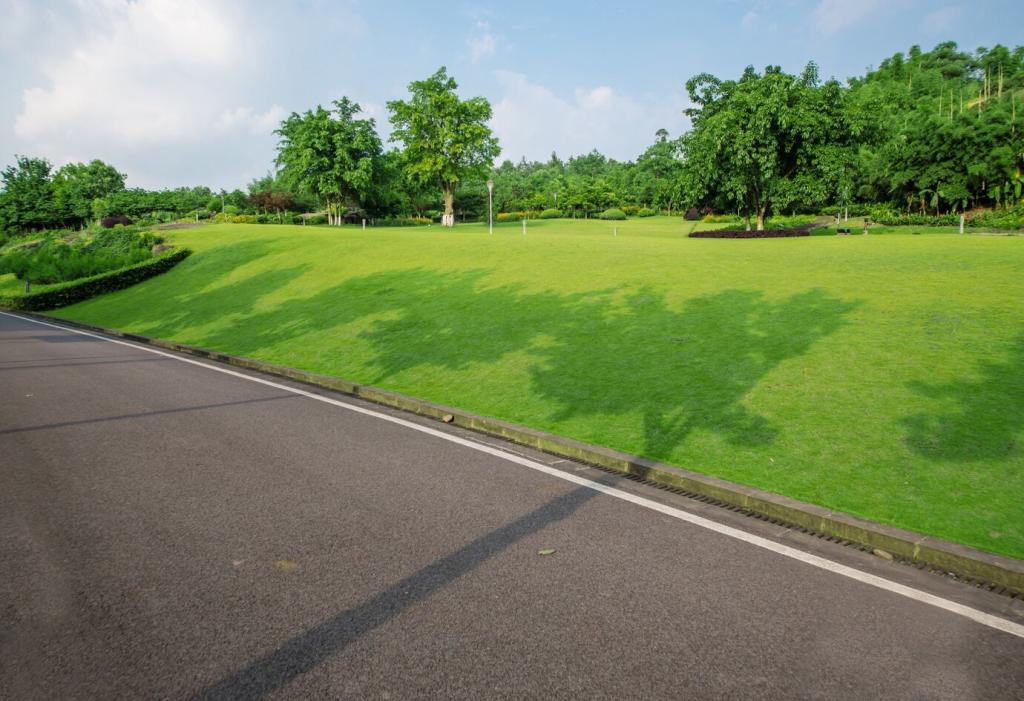Rooftop Gardens and Their Environmental Impact
Cooling Cities: Green Roofs Versus Urban Heat
Plants move water from soil to sky, releasing cooling vapor that drops surface temperatures and softens harsh midday heat. During a recent heatwave, a simple sensor kit showed vegetated roofs staying noticeably cooler than neighboring tar surfaces, easing the stress on people below.
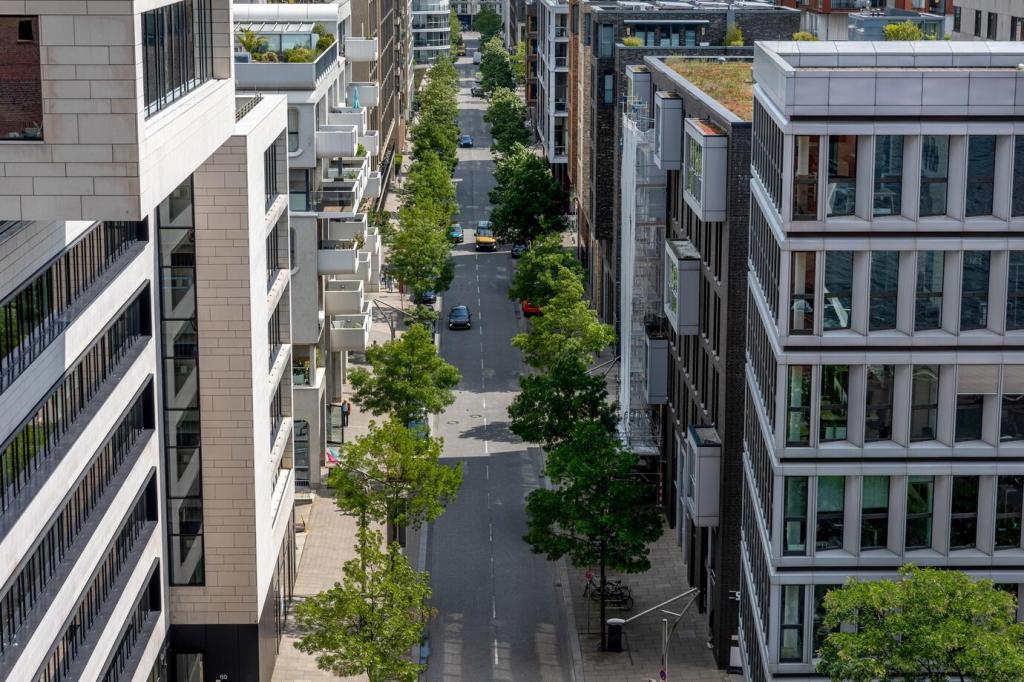
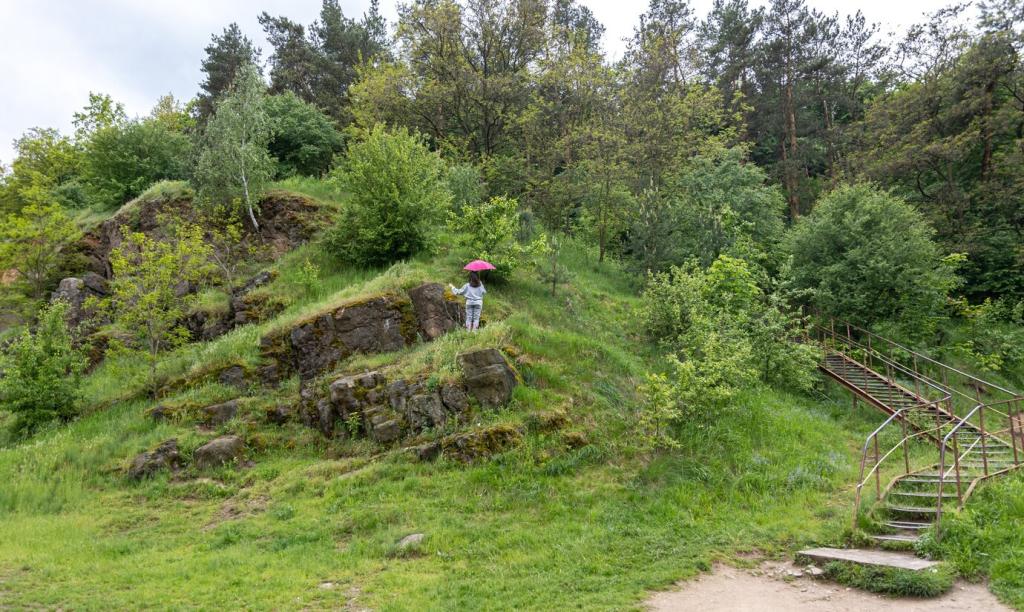
Cooling Cities: Green Roofs Versus Urban Heat
Soil and plant layers act like a breathable blanket, reducing heat flow into buildings during summer and slowing heat loss in winter. That means smaller HVAC swings, steadier comfort, and fewer kilowatt-hours consumed when demand spikes and grids are strained.
Stormwater: Slowing, Storing, and Soaking Up Rain
The Sponge Effect
A well-designed green roof can retain a large share of rainfall in moderate storms, often holding fifty percent or more before gradually releasing the rest. That delay flattens peak flows, helping cities cope with short, powerful downpours that otherwise overwhelm drains.
Cleaner Runoff, Fewer Floods
By filtering water through soil and roots, green roofs can reduce pollutants like dust, metals, and nutrients before runoff reaches streets. This natural filtration works alongside detention to cut localized flooding and protect waterways after a storm has passed.
Join In: Start a Rain Log
Place a simple rain gauge, note rainfall amounts, and compare how long nearby gutters gush after storms. Share your findings with us, and let’s build a community map showing where rooftop gardens could most reduce flooding across your neighborhood.
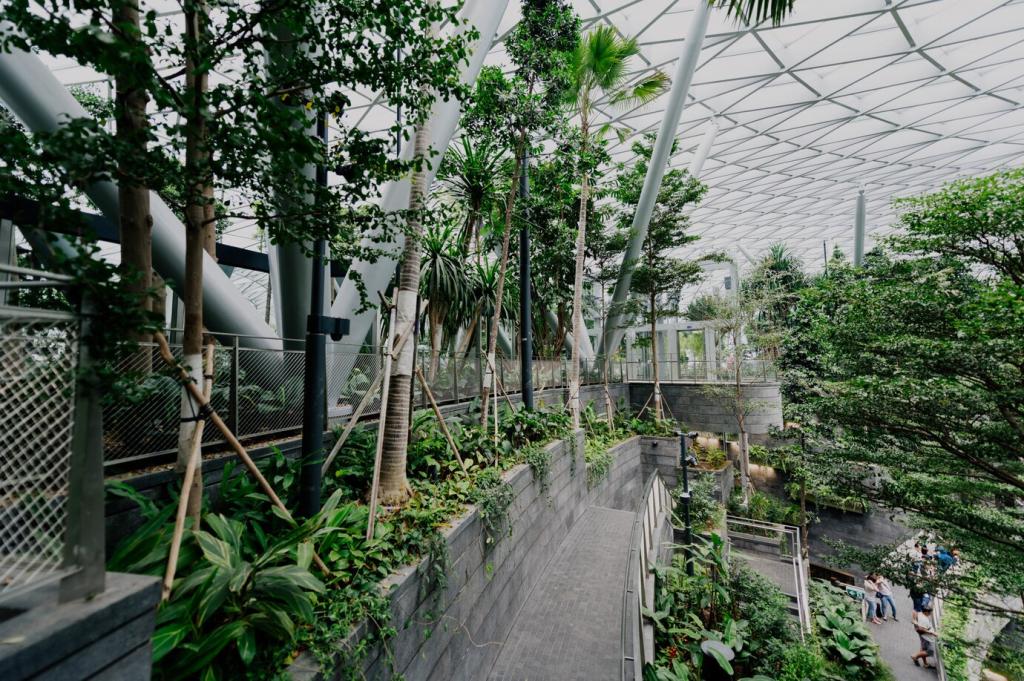


Air Quality and Carbon: Small Roofs, Big Breath
Leaves and stems trap airborne particles that otherwise penetrate lungs and settle on streets. Over time, this living filter can improve local air quality near traffic corridors, making top floors and terraces gentler places to breathe, especially during dry, dusty stretches.
Air Quality and Carbon: Small Roofs, Big Breath
While each roof stores only modest carbon in biomass and soils, long-term gains grow with good practices: composting on-site, minimizing fertilizers, and selecting durable materials. Combine that with lower energy use and you have a credible, cumulative climate benefit.
Biodiversity Above the Street
Pollinators Need Native Plants
Selecting regionally native flowers, grasses, and sedums supports local bees and butterflies that evolved alongside these species. Stagger bloom times across seasons to keep nectar flowing, and you’ll see rooftop visits increase as pollinators learn the sky-high buffet.
Bird-Friendly Microhabitats
Shallow basins, seed-bearing plants, and sheltered perches create resting spots for small birds. Even modest features can offer refuge during migration, when fatigue and scarce water make rooftops life-saving oases above pavement and glass canyons.
Community Science: Roof Safari
Spend twenty minutes listing every insect, bird, and flower you spot on your building at midday and at dusk. Post your counts and photos, and help track how quickly biodiversity responds when neighbors plant more rooftops within walking distance.
Materials and Design Choices That Matter
Extensive systems use shallow substrates and hardy plants for light weight and low maintenance. Intensive roofs add depth and diversity for deeper roots, seating, and trees. Choose based on structural capacity, goals, and the environmental benefits you want to prioritize.

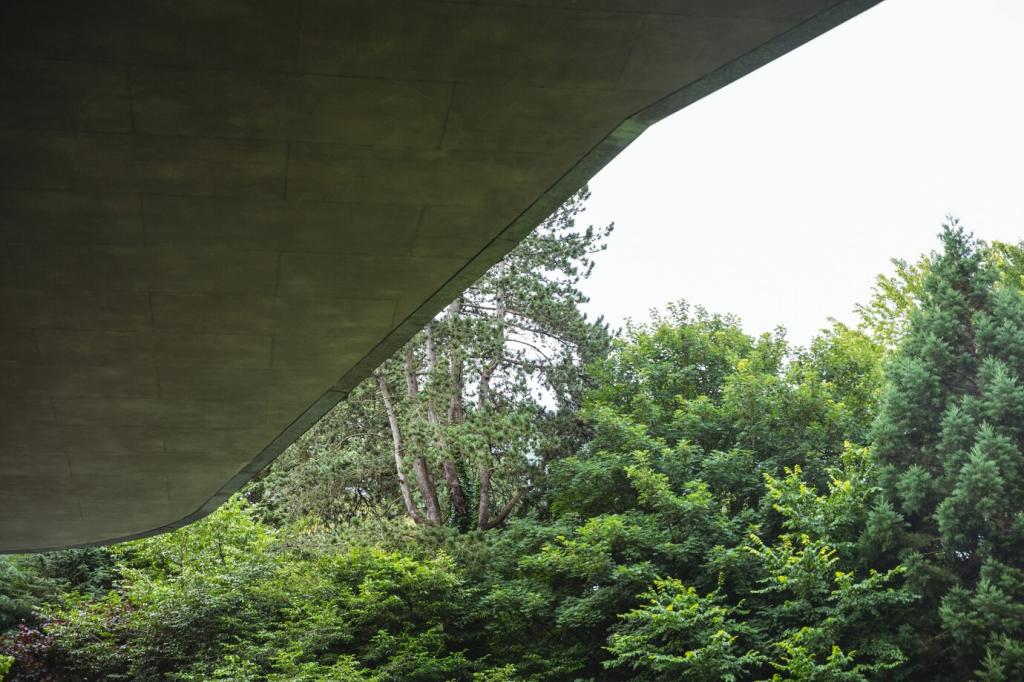
Materials and Design Choices That Matter
Drought-tolerant species reduce irrigation needs, while smart layouts channel rainfall where it’s needed most. Add sensors or simply monitor soil moisture to avoid overwatering, and capture excess in cisterns so every storm becomes a resource, not a risk.

